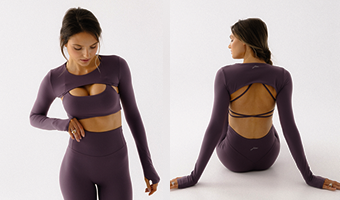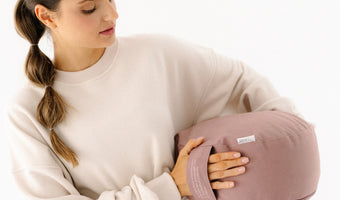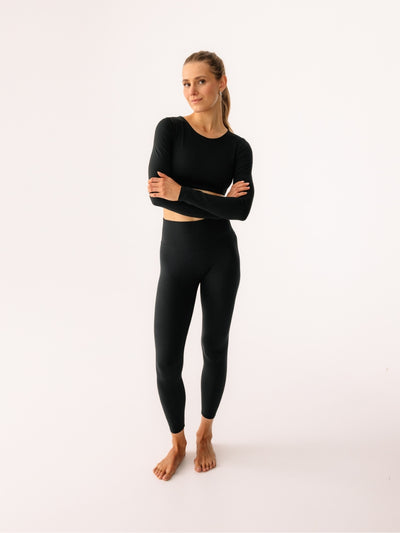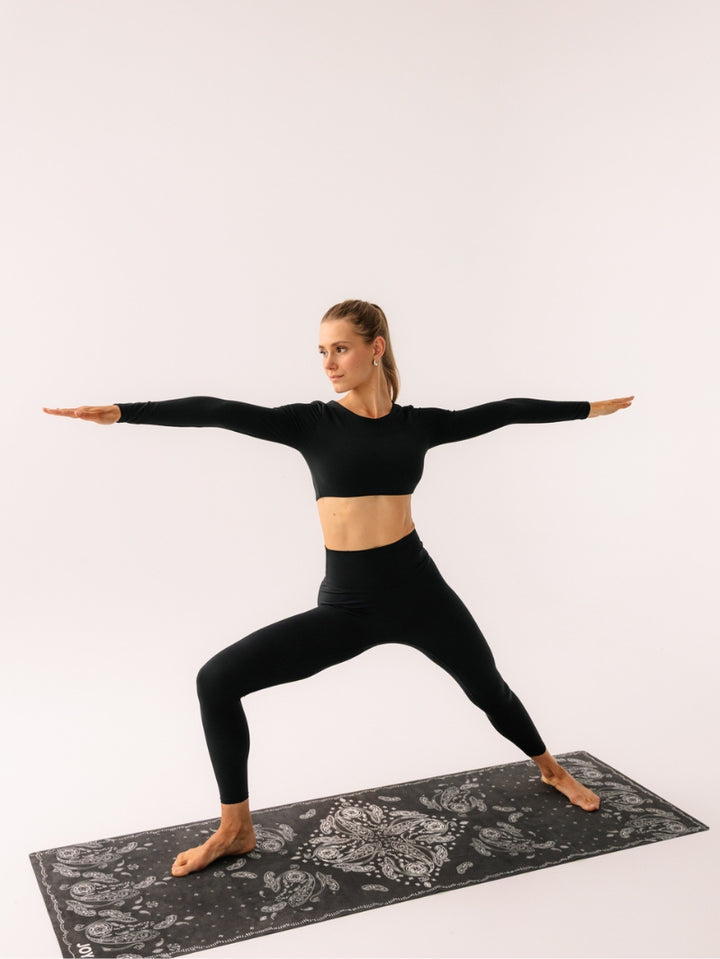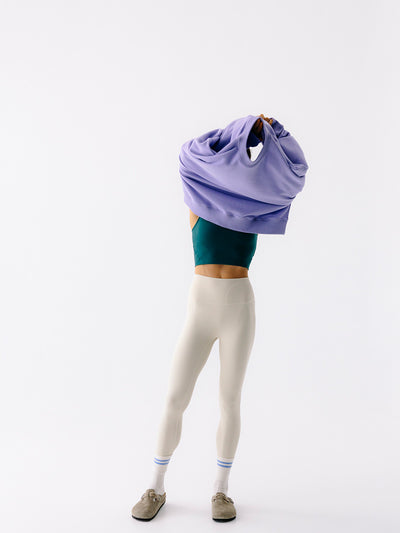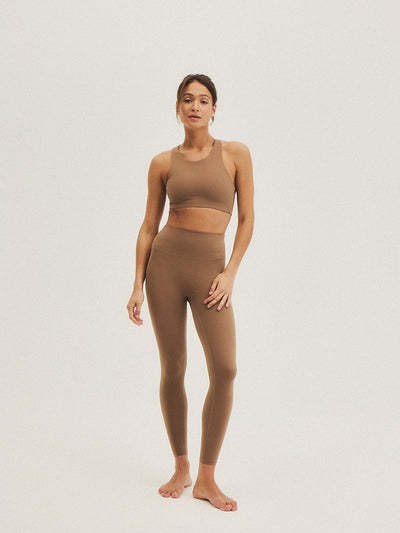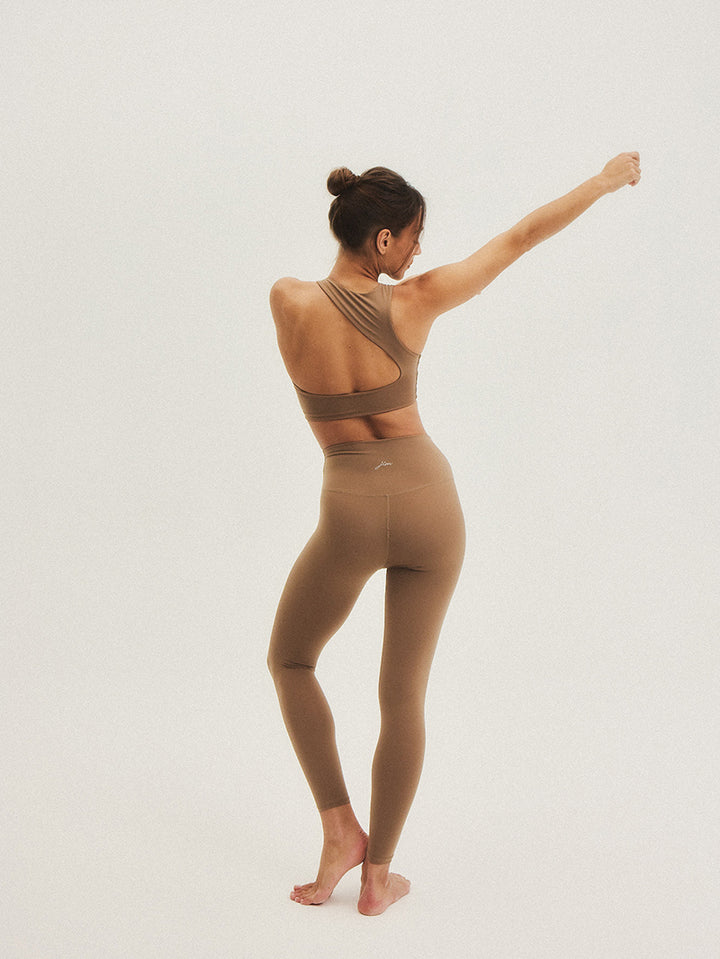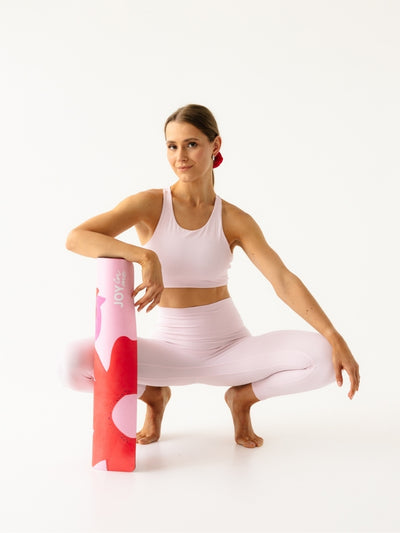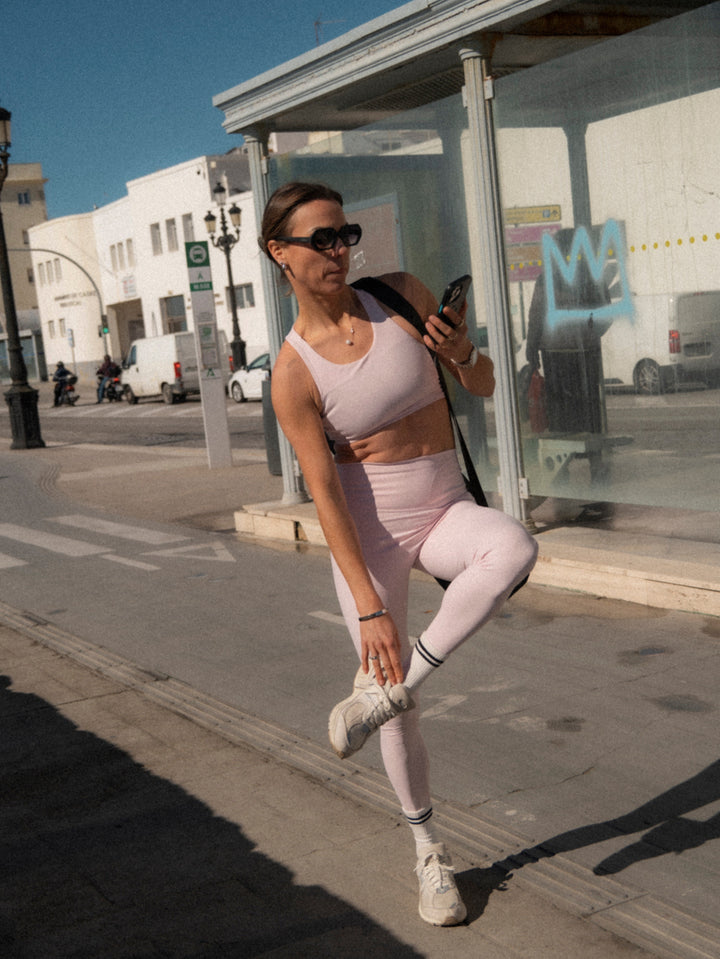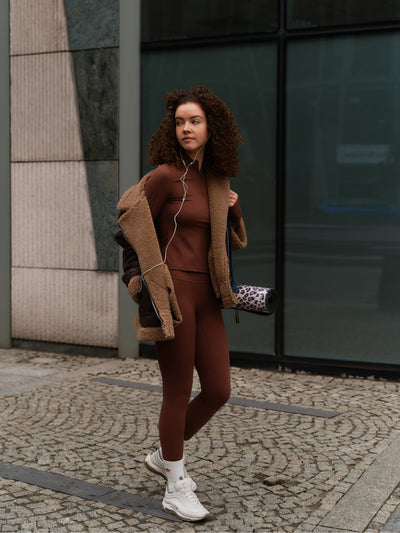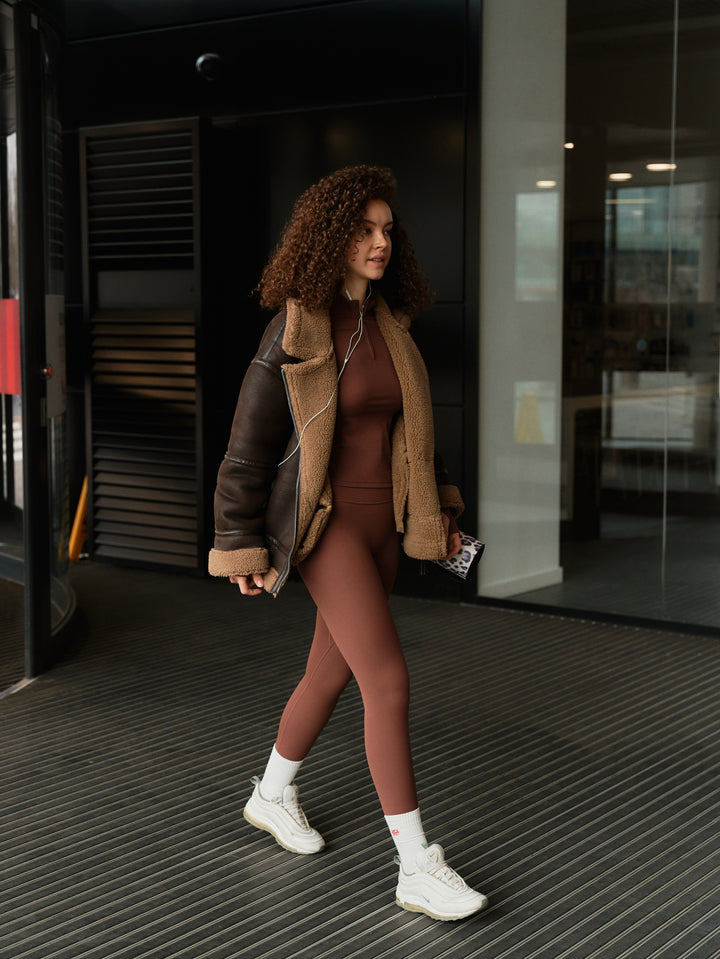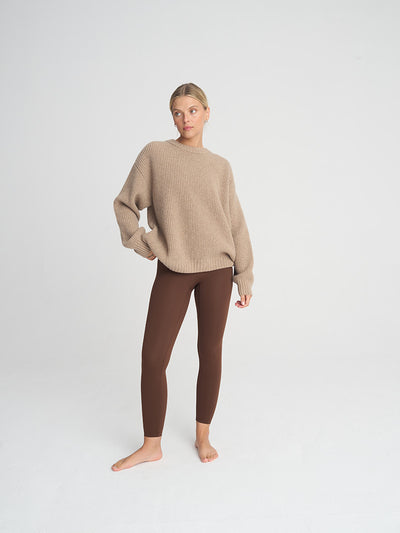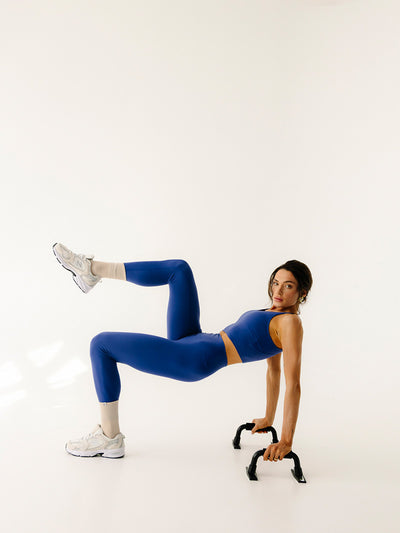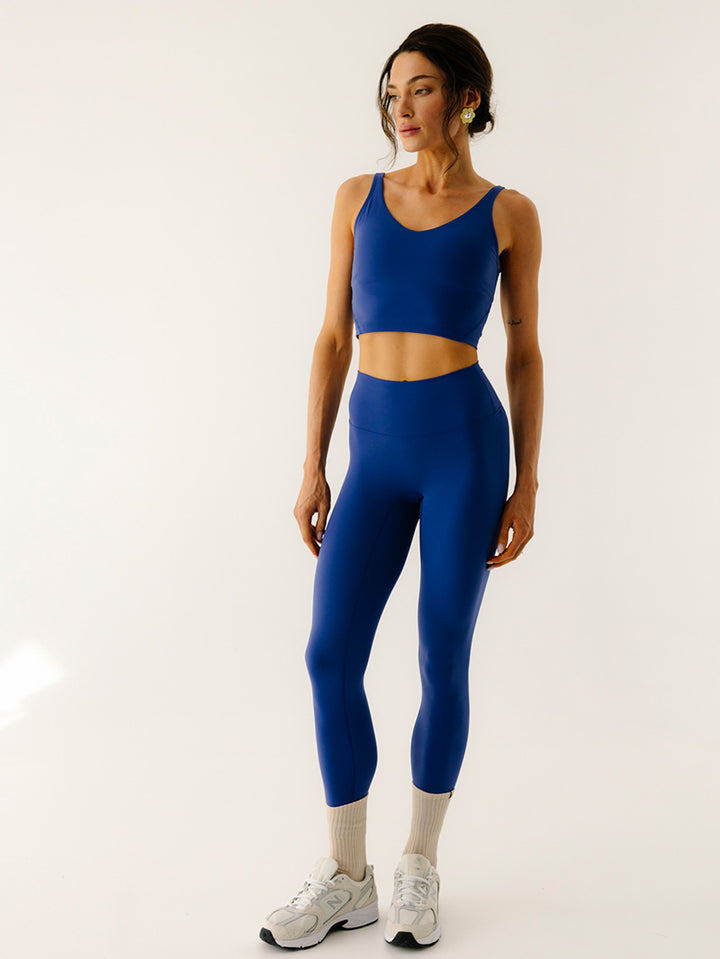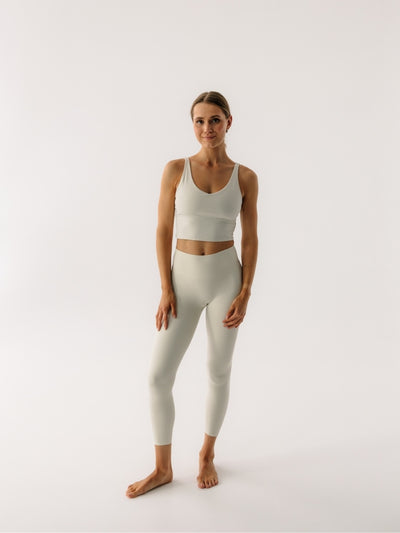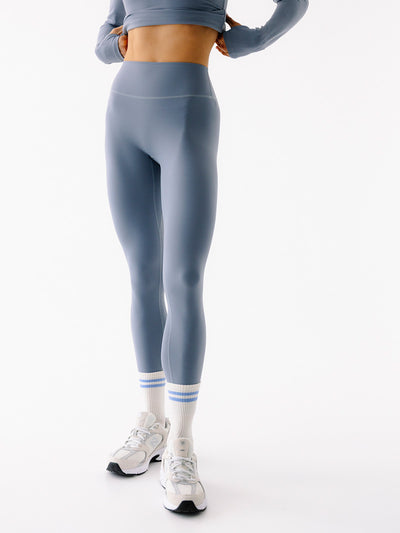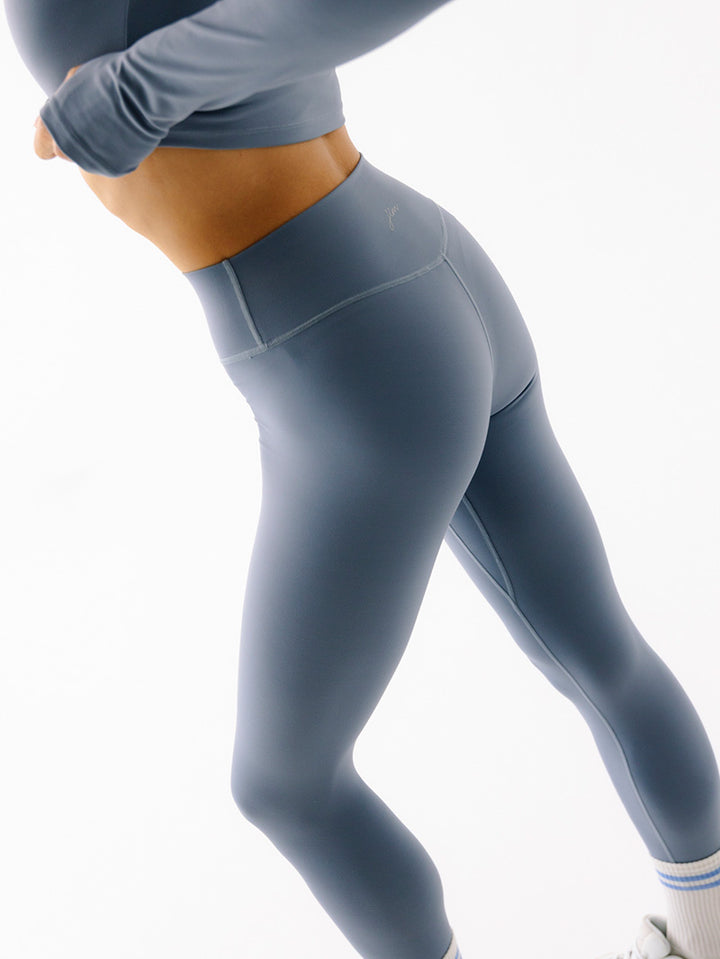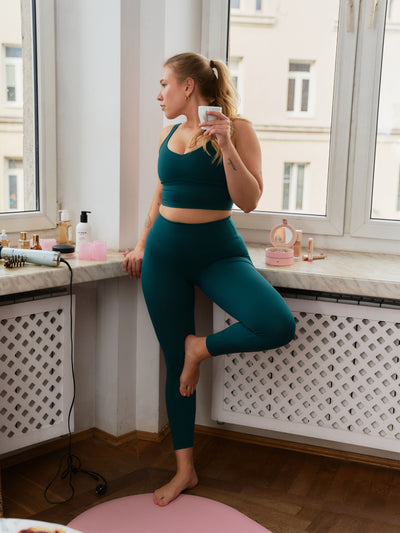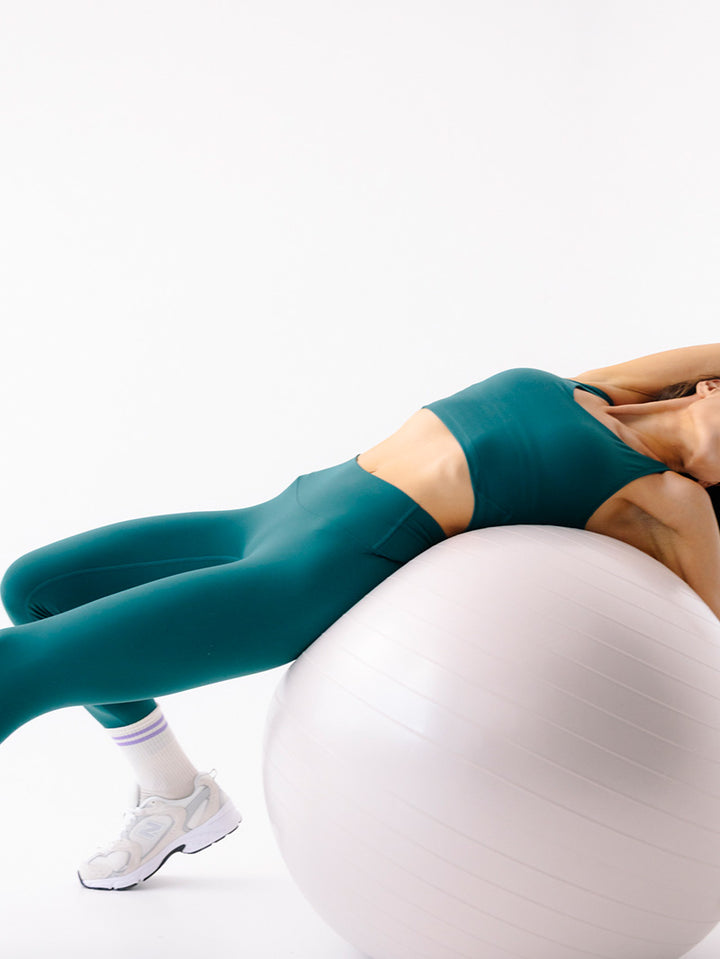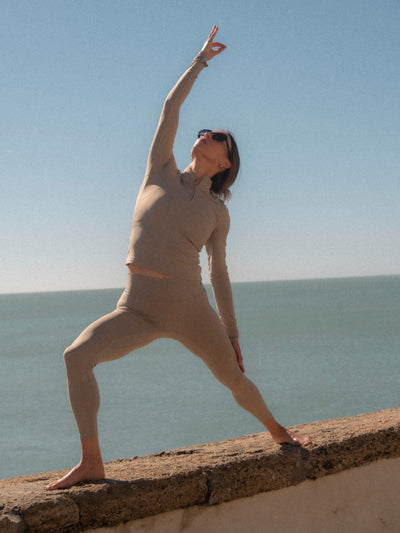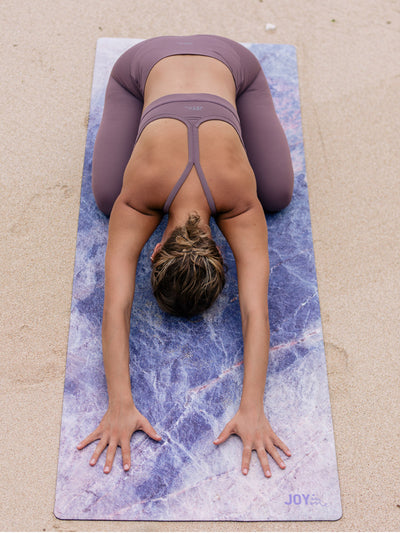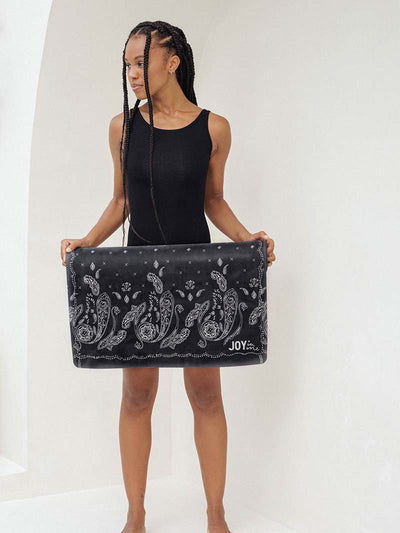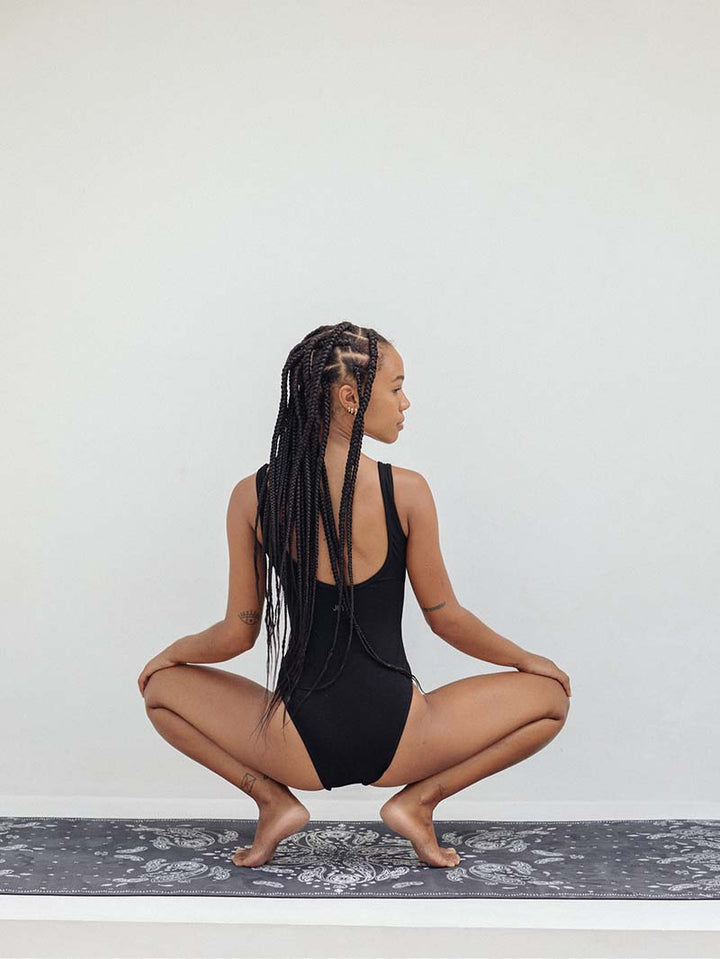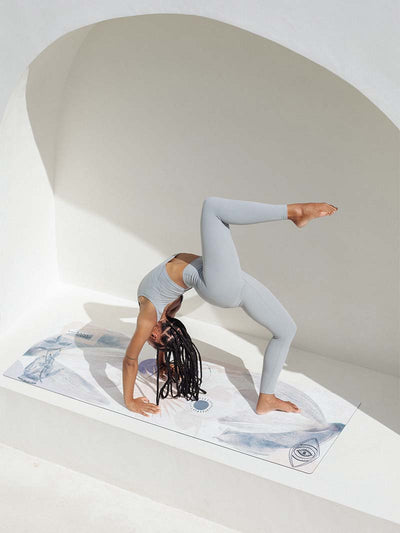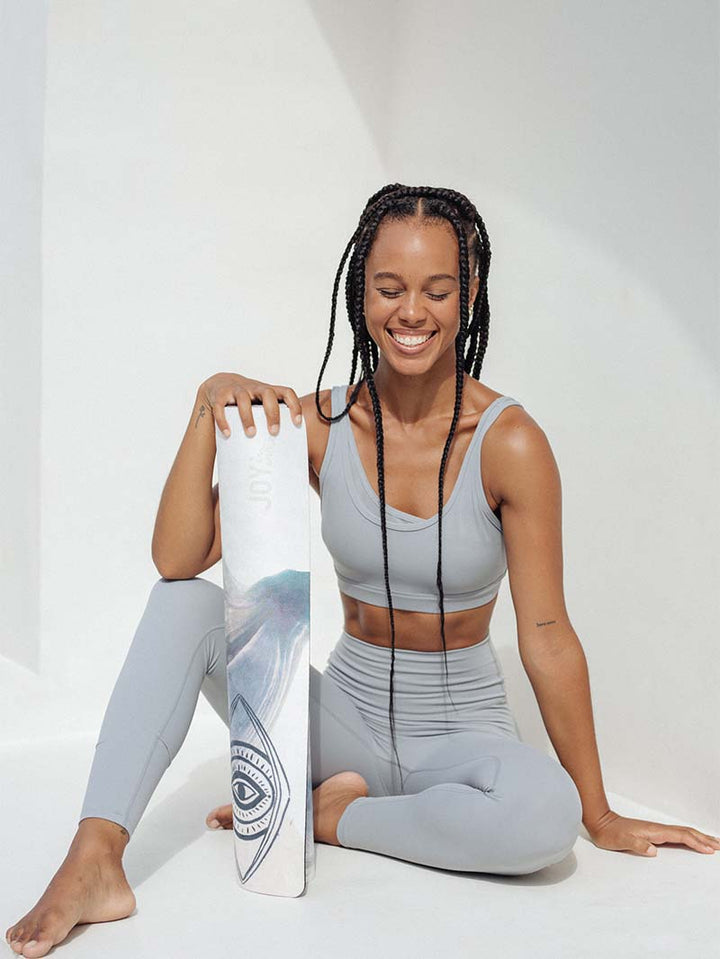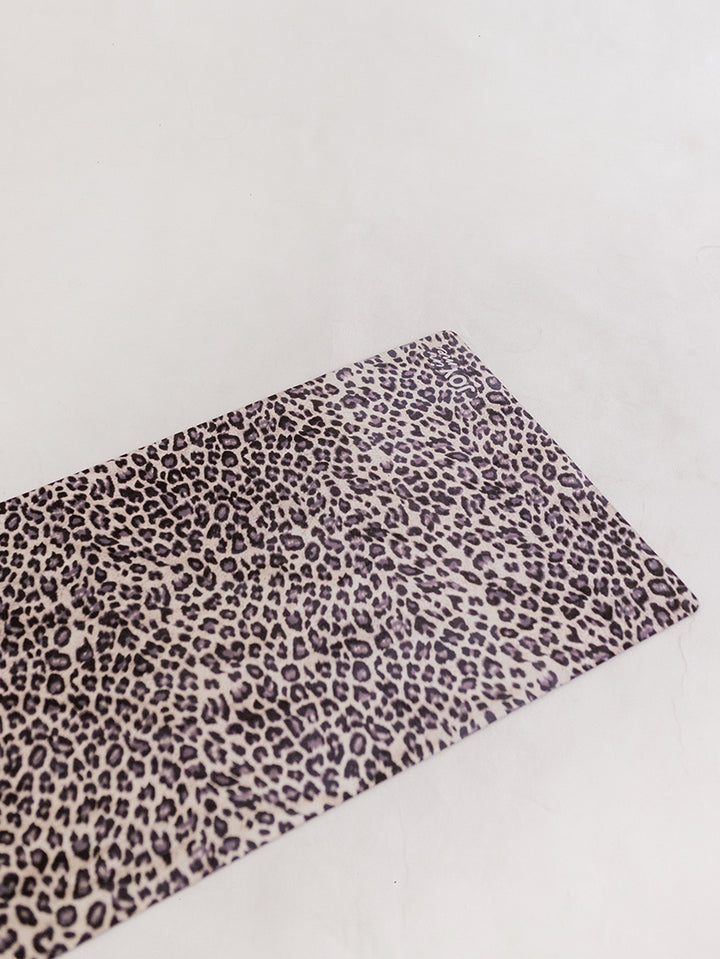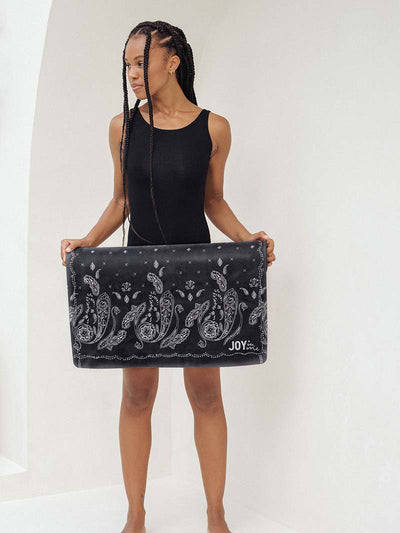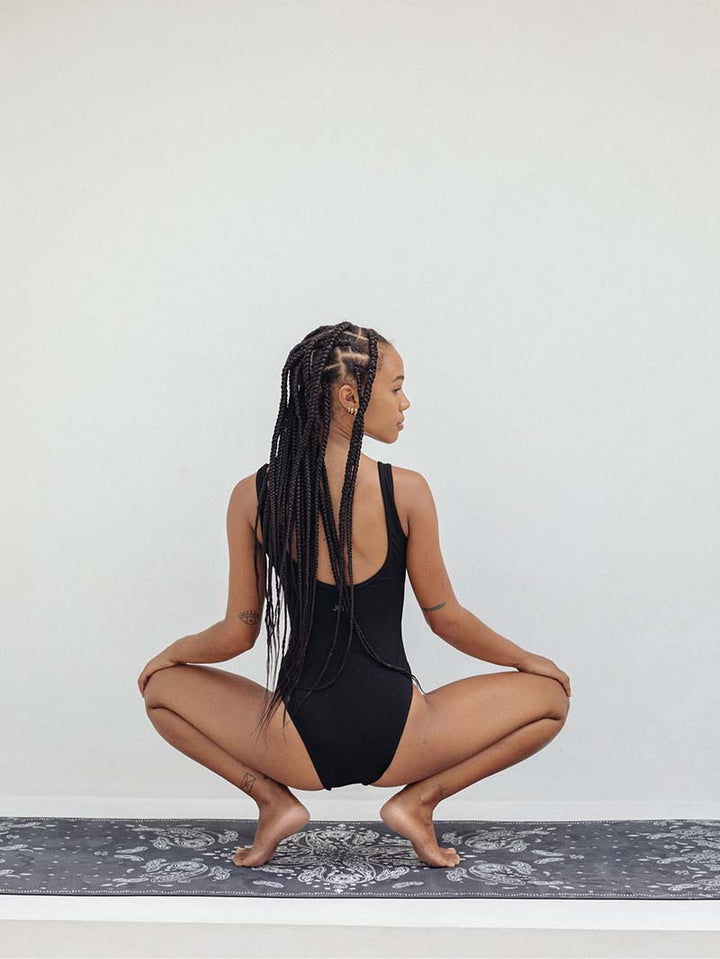Pilates and yoga – what is the difference?
Both the physical practice of yoga and Pilates are excellent forms of exercise that positively impact health, body posture, and stress reduction. Both involve strengthening and stretching muscles without excessive muscle bulk, as well as focusing on self-focus and proper breathing. They also don't require specialized equipment. If you're wondering which form of exercise to choose, it's worth familiarizing yourself with the differences between Pilates and yoga. 
Yoga vs. Pilates: Eastern Culture vs. Western Exercise System
Yoga originates in India and is closely linked to Hindu philosophy. Its roots date back to 2000 BC, and in the second century AD, the teachings were collected and systematized by the master Patanjali. The main idea of this practice is the development of body, mind, and spirit. Yoga is a way to achieve harmony and peace. Training is based on asanas (yoga postures), meditation, and breathing. It improves the body's performance, strengthens muscles, and also improves concentration and calm. Yoga helps combat depression and anxiety, as well as arthritis, respiratory diseases, and multiple sclerosis.
Pilates, in turn, is an exercise system invented by Joseph Pilates in the 20th century. The German athlete combined elements of yoga, ballet, and isometric exercises to create a workout based on contracting muscles for a specific period of time. Using one's own body weight translates into strengthening and flexibility. It relieves the spine and allows for improved posture. It also reduces stress levels. It's a good form of exercise for those focused on movement. Yoga is a lifestyle in which exercise is a form of meditation. Pilates, on the other hand, is a more dynamic exercise system that utilizes breathing.
Useful accessories for yoga and pilates
For both types of activity, you don't need many accessories to complete your workout. It's important to choose clothing that won't restrict movement or distract attention. It's worth choosing stretchy yoga leggings with a wide waistband that prevents slippage. The innovative, opaque material ensures a perfect fit and wicks away moisture, so you can focus on your exercises and proper breathing during your practice. It's a good idea to pair your leggings with a supportive yoga bra or top . It's also worth choosing a breathable, organic cotton T-shirt or a lightweight, stretchy bodysuit made of athletic fabric . For cooler days, choose a long sleeve top or a soft, warm sweatshirt with or without a hood.
Safe accessories for Pilates and yoga exercises
For your workouts, it's worth bringing eco-friendly yoga mats , made of 100% biodegradable rubber with a microfiber layer colored with water-based paints. They are free from toxic glues, lead, cadmium, latex, and silicones. They provide excellent cushioning and grip. Their non-slip properties ensure safety even during complex exercises. In both yoga and Pilates , exercise blocks can be useful, allowing for gradual improvement in flexibility.

Yoga or Pilates – choose the type of exercise for you!
Yoga and Pilates are excellent activities for anyone seeking improved fitness, health, and stress relief. Yoga and Pilates stem from a philosophical system in which physical practice is merely a component of the development process. Pilates, on the other hand, focuses on movement with proper breathing. Choose the best activity for you and enjoy the results.
